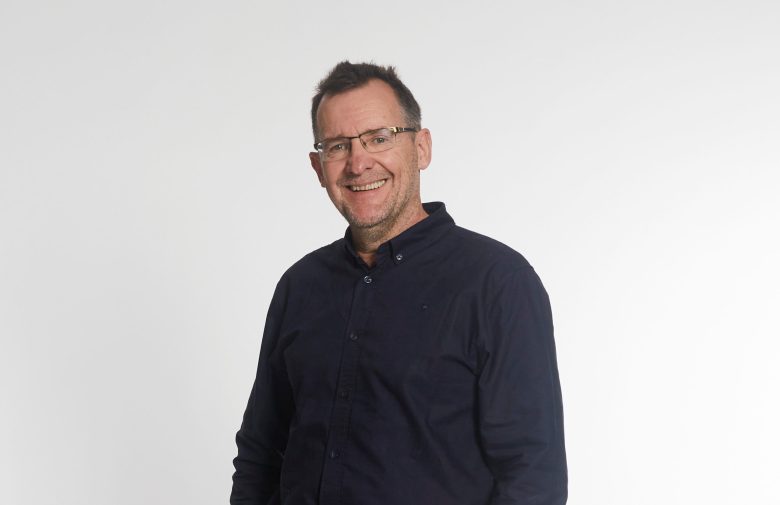
This article was authored by Currie Group national sales manager – ink Colin Edwards and first appeared in the Nov 2021 issue of Australian Printer
The past 12 months have impacted the consumables market like never before – with COVID turning the industry on its head, we have had to navigate through challenges but most importantly ensure that we still provide the industry with the same levels of service that we have maintained through the years.
We must also keep ahead of trends in the market and deliver stock to our customers promptly.
A lot of our time in Currie Group has been spent making sure that we continue to service, maintain, and supply customers, especially through the pandemic, as international shipping has been one of the main challenges.
Even interstate transport has been a challenge as we used to be able to ship out consumables overnight but now, particularly in the last six months, customers can wait for days for their shipment due to courier depots being affected.
There’s no doubt that from an international perspective, we have bought forward our ordering to make sure we allow for more time to get the consumables into the country, if they’re coming from an international port.
We also spend a lot of time ensuring that we get the right product match for the right customer – sometimes it’s believed that cheaper costs are better value when it comes to inks and consumables, but cheaper does not equate to better quality.
Currie Group predominantly deals with consumables for the lithographic conventional printing market – we supply everything that can be sold into a lithographic or printing company, including a variety of inks, such as conventional and low energy UV inks, coatings and Katsura rollers.
In terms of trends, the biggest one we’ve noticed over the last five years is the increasing uptake of consumables within low energy UV, which is LED or HUV presses. What’s interesting is that this uptake is not only from the bigger players in the industry, but also by the SMBs.
One of the positives of low energy is that you can print it and process it immediately, meaning your output is improved along with your turnaround times, as you’re not waiting for the inks to dry like conventional printing.
This is driven by changing end user demands, especially with their need to have solutions quickly and at a high quality.
Low energy UV inks also have the benefits of not emitting ozone and are 99 per cent Volatile Organic Compounds free (VOCs). And when you compare it to UV ink, there’s a lot less energy and power that’s required to run the lamps. Because UV inks are made with 100 per cent solids, yield/milage is much better compared to conventional inks.
At Currie Group, we are making sure that we have the latest and greatest products in our range, as shown in the example of low energy UV inks. It’s a fairly new` market as well, but it’s evolving quickly.
We pride ourselves on having quality products, we consider things like strength, runnability and consistency which all lead to less downtime. There are cheaper products on the market which means you spend less on them, but the overall calculation of all those other things that you could potentially lose, add up.
Another challenge is that lithographic printing is declining – we’re operating in a market that is contracting – but seeing the growth in products like the low energy UV inks has been a positive.
Moving forward, given that we have seen so much disruption because of COVID, I’m hoping that the use of the overall consumables market grows and improves over the next few months as we come out of various states of lockdown.
There will always be a demand for inks and consumables in the industry, so the onus is on businesses within this field to service their customers to a very high standard.
We intend to keep doing what we’re doing and target new businesses. Being able to supply product and keeping that supply chain up and going means that we don’t let our customers down. And for us, that is the difference between being good at what we do versus being great at what we do.
Comment below to have your say on this story.
If you have a news story or tip-off, get in touch at editorial@sprinter.com.au.
Sign up to the Sprinter newsletter
